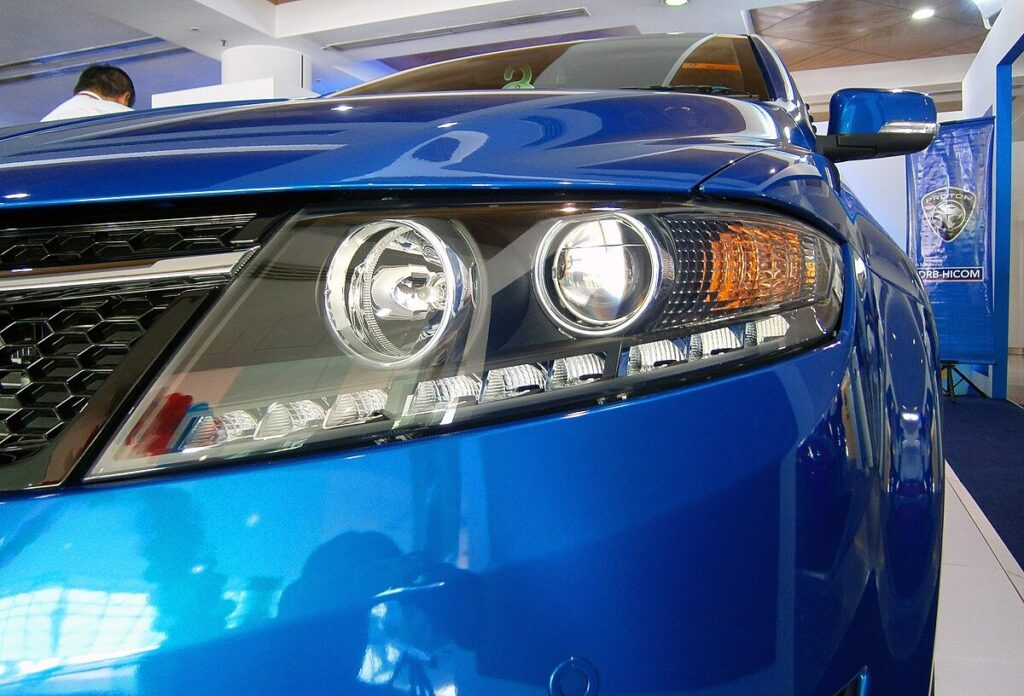
Many drivers cruise around with aftermarket LED and HID headlights that violate federal safety standards—and most have no clue they’re breaking the law. Those sleek “plug-and-play” conversion kits flooding Amazon and eBay? They’re creating a nationwide epidemic of illegal lighting that can trigger fines, failed inspections, and serious accident liability. The problem isn’t the technology itself—it’s that halogen housings were never designed for high-intensity bulbs, turning your “upgrade” into a safety hazard that blinds other drivers.
Why Your ‘Legal’ LED Upgrade Isn’t Actually Legal
Federal Motor Vehicle Safety Standard 108 makes most aftermarket conversions illegal, regardless of what the marketing claims.
Here’s the brutal reality: installing LED or HID bulbs in halogen housings violates FMVSS 108 unless the complete assembly meets DOT certification standards. Your headlight housing was engineered for a specific filament pattern—drop in a different light source and you’re scattering beams everywhere except where they belong. The result? Catastrophic glare that turns you into that driver everyone hates, the one whose headlights feel like staring into the sun.
Factory-installed LED and HID systems are perfectly legal because they’re designed as complete units with proper beam control. But that $50 conversion kit you bought online? It’s transforming your car into a rolling safety violation. Most aftermarket kits lack the DOT or SAE certifications required for street use, making them illegal from the moment you install them.
Where You’ll Get Caught (And How Much It Costs)
State enforcement varies wildly, but penalties range from $100-200 fines to failed inspections and liability risks.
California, New York, Texas, and Florida actively enforce “excessive glare” statutes, with fines typically ranging from $100 to 200. These states serve as examples—many others have similar enforcement practices, so don’t assume your jurisdiction looks the other way. States with annual or biennial inspection requirements catch violations more frequently, while others rely on traffic violations and officer discretion.
Beyond the immediate ticket, illegal headlights can fail state inspections, preventing registration renewal. The real danger? If your non-compliant lights contribute to an accident—say, by blinding an oncoming driver—you could face serious liability claims. Insurance companies may scrutinize claims more closely when illegal modifications are involved, potentially affecting coverage decisions.
The 5-Minute Compliance Check
Simple tests can reveal whether your headlights meet legal requirements or need immediate replacement.
- Check for DOT or SAE markings on your headlight housing—if they’re missing, you’re already in violation territory
- Perform the wall test: park 25 feet from a flat surface and examine your beam pattern
- Legal headlights create a sharp, distinct cutoff line with minimal scatter above it
- Blue-tinted light above 6000K color temperature is typically prohibited
- Anything labeled “off-road only” is a dead giveaway of non-compliance for street use
If you bought a used car with suspiciously bright or blue-white headlights, assume they’re illegal until proven otherwise. The five minutes you spend checking could save you hundreds in fines and keep other drivers safe on the road.
Last modified: November 4, 2025







